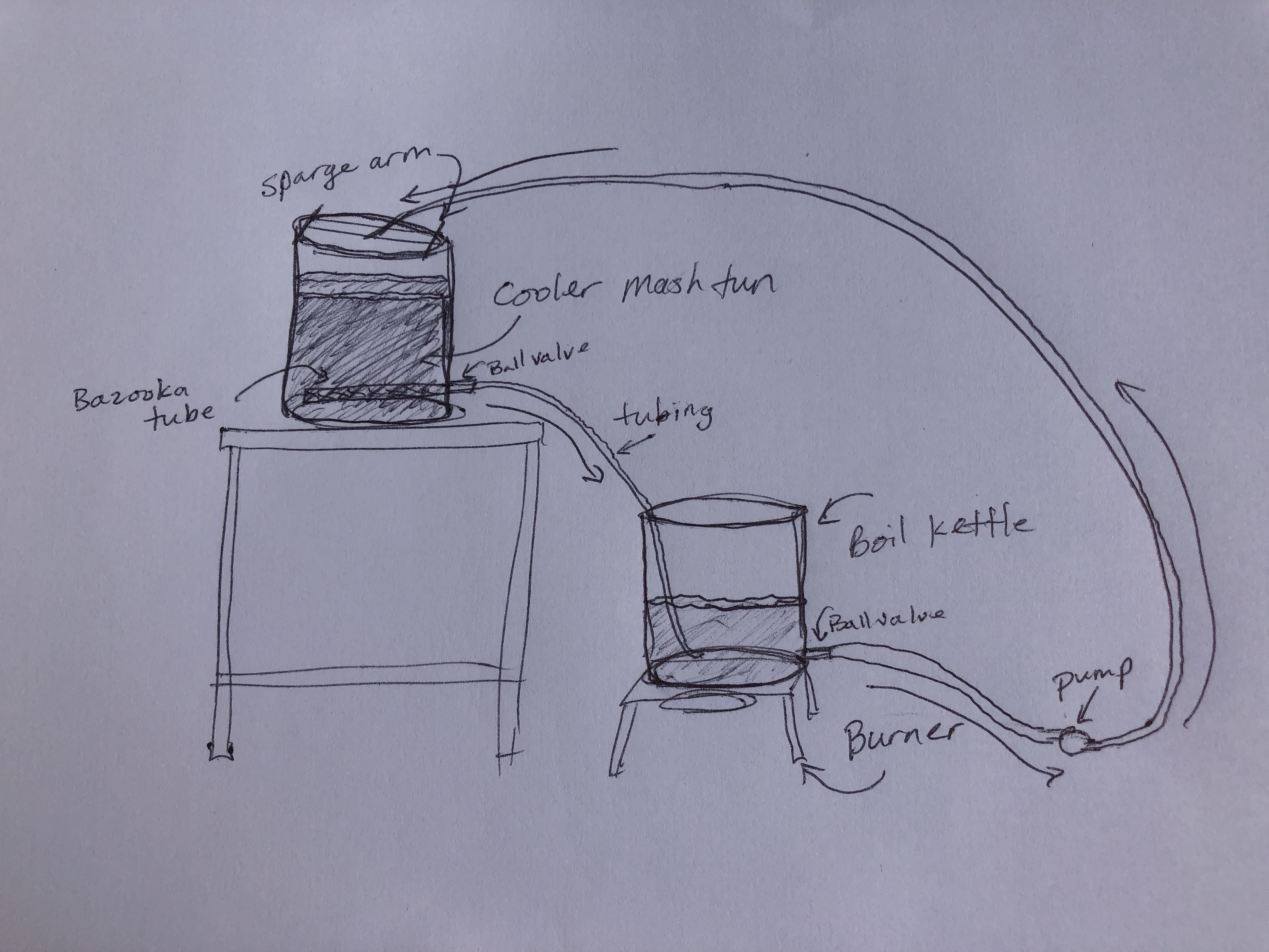You're about to enter a world of complexity and frustration.
1. You have to babysit the flows to be sure you don't pump all your wort into the mash tun faster than it can naturally drain.
I don’t think of it as babysitting. I like the process.
2. Your brewhouse efficiency is going to go down since you're not going to be sparging.
Isn’t it continually sparging???
3. You will have to babysit your mash temp the entire time, adjusting the burner (and even likely snuffing the flame completely).
Babysitting again? Even with a cooler?
The only kettle RIMS system that is even close to working is those fired by electric, controlled by a temp controller, and where the recirculation is metered carefully by the Blichmann autosparge.
To me, pushing a few buttons, dumping in ingredients, and waiting is not brewing.
Given all the trouble, what benefit or benefits were you hoping to attain?
All the benefits rims systems offer. Why else would they exist if they didn’t offer some kind of benefits. Clearer wort. Ease of transfer of liquids. Better efficiency.




